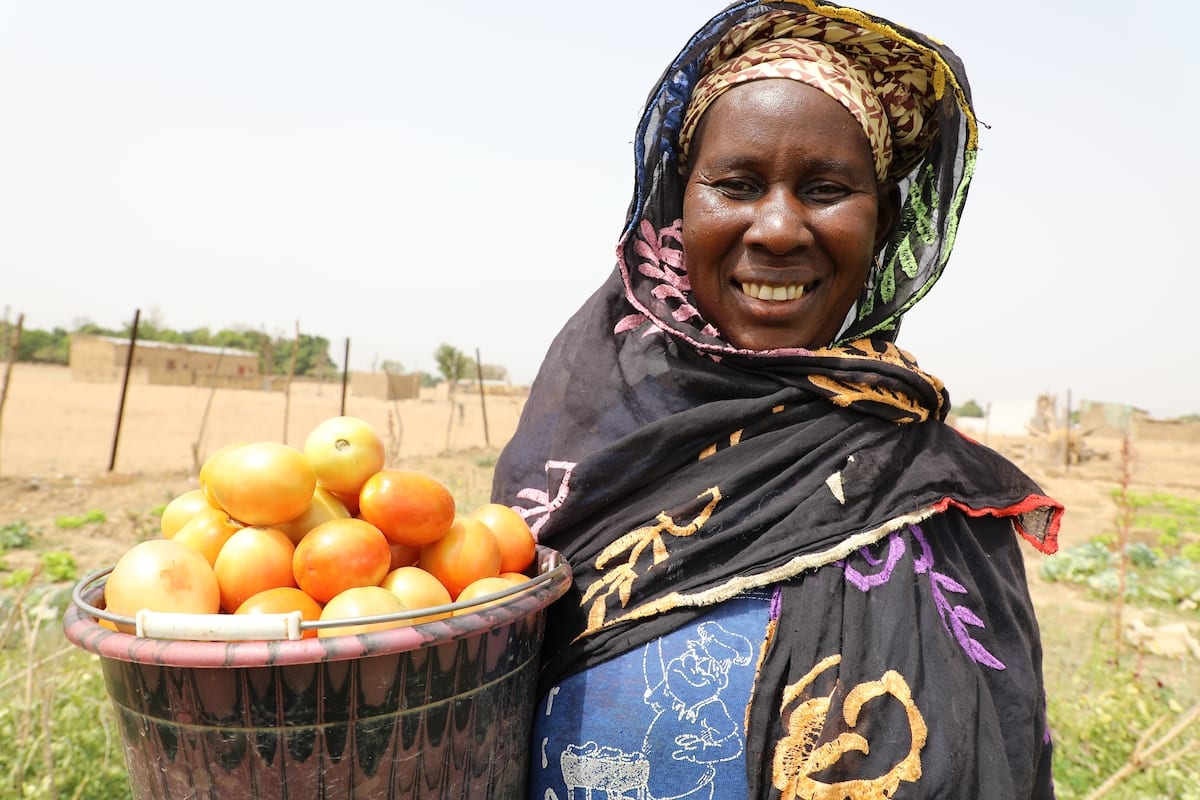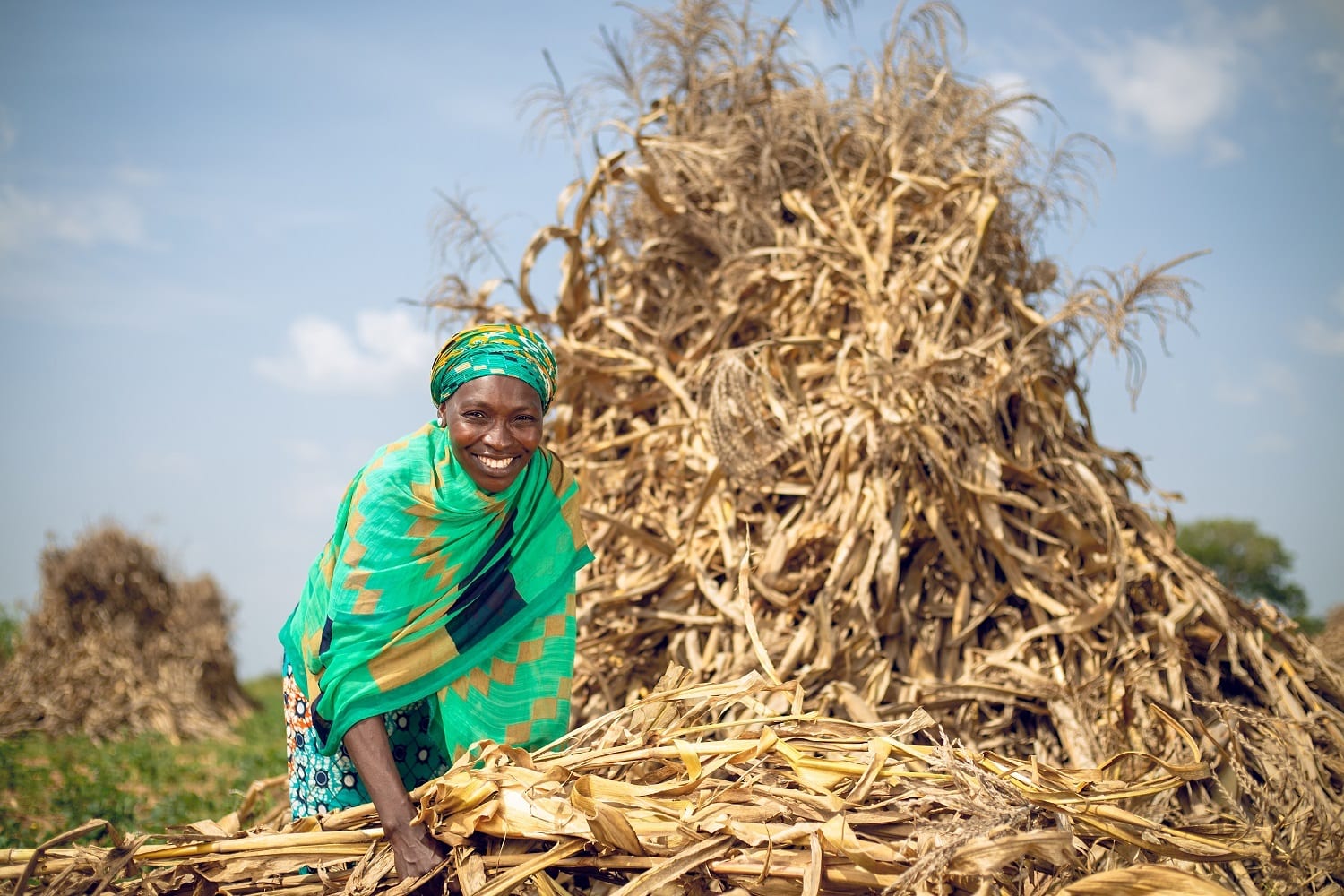How agricultural innovations are improving livelihoods.
Sep 16, 2024
The UN’s Food and Agriculture Organisation estimates that, today, about one in nine people globally are chronically undernourished, whilst one in three are malnourished. To meet growing demands from a projected population of close to 10 billion people in 2050, the FAO highlights that agricultural output will need to increase by roughly 40%.
Agricultural innovation – whereby new products, processes or ways of organisation are introduced to increase farms’ efficiency, competitiveness or resilience to climate or other shocks – is key to achieving this growth.
Dated farming practices are still common amongst smallholder farmers across the developing world, despite them managing 90% of the world’s farms and producing over 80% of the world’s food. This is often due to a lack of know-how, difficulty accessing modern equipment and methods, or failures in market linkage and access to credit or insurance facilities.
Innovation not only helps to increase yields, it also reduces poverty amongst smallholders themselves who, paradoxically, tend to be some of the world’s most food insecure people, often living on less than $1 a day.
GIF has been investing in agricultural innovations since 2016. Our portfolio includes a pilot study of innovative agricultural savings products for women in Mali, an innovative agriculture franchise model providing comprehensive farming services, and a system for testing, evaluating and scaling critical farm technologies across Sub-Saharan Africa.
Claudine Ayinkamiye, a 30-year-old farmer from Rwanda, has worked with GIF grantee One Acre Fund to diversify her farming, investing in different crops and trees, making her better equipped to withstand erratic weather due to climate change.
Ayinkamiye, who is a mother of two young children, often saw poor harvest because she could not afford fertiliser, new seed varieties, and lacked knowledge in modern planting techniques.
Once she heard that she could get fertiliser and maize seed on credit and learn about new planting techniques from One Acre Fund, her life quickly changed. In her first harvest, she harvested 500 kgs of maize and 400 kgs of potatoes. She was able to use the surplus to pay her workers and renovate her home.
Ayinkamiye then diversified to become a tree nursery manager. These trees protect her farm against soil erosion and landslides and keep the soil healthy, improving her resilience to the adverse impacts of climate change. In her first year, she grew 7,000 tree seedlings, and was able to distribute these to over 350 other farmers, helping others whilst making a profit herself.
Each year since, Ayinkamiye has been steadily using the stable income from her tree nursery to buy more land, which she hopes will be a gift for future generations. “My children and grandchildren will also benefit from this land,” Claudine says.
GIF co-funded several key areas of One Acre Fund’s work, including the testing and scaling of new farming innovations and the supporting of ecosystem adoption and improvements through government partnerships. In 2023 alone, One Acre Fund was able to serve 4.8 million farm families across nine countries in Sub-Saharan Africa.
From tomatoes to savings
Korotoumou Soumounou, a farmer and mother of nine, partnered with GIF grantee MyAgro for support in growing tomatoes on her small farm in Boidié in Mali. MyAgro was able to provide her with seeds and fertiliser and the training she needed to make her harvest flourish.
“Everything was explained to us – [how to make] the bricks [for tomato crop fields], how to lay them out, and the depth of the holes. I think these techniques were a major help in the success of my tomato field,” she says.

Soumounou was not only able to make a profit of 15,000 CFA from her crop – she was also provided with the opportunity to put money into savings.
“I will use some of the tomatoes to feed my family on a daily basis and put the surplus money aside,” she adds. “I tell other women generally to sign up for the tomato package from myAgro because there are many benefits, especially for us to seek profit from its sale to finally achieve financial independence.”
In 2016, GIF supported myAgro with a grant to pilot innovative agricultural savings products with women’s saving groups in Mali. It was found that women participating in these groups grew 115% more than control farmers, and earned in excess of 100% more over the control farm income. Today, farmers like Soumounou can continue to benefit from these savings products to improve their livelihoods and increase their financial independence.
From training in modern farming to schooling for children
Babbangida Hamisu is a farmer in Janpala, Nigeria, who partnered with GIF investee Babban Gona to receive training in modern farming. Babban Gona provided him with fertilisers, pesticides, bags, needles and threads to help him tend to and harvest his produce, as well as training in sustainable farming procedures.
“Before, I used to burn crops and not dispose of waste properly, but now that I’ve joined Babban Gona, I have been taught the impact of crop burning on the environment” he explains. He has since learned how to clear his fields sustainably.
Hamisu and his family have reaped the significant benefits of Babban Gona’s farming support services.
“Last year when I farmed one hectare of land, I harvested 53 bags. This year, I was given two hectares, and I’m hoping to harvest 110 bags,” he says. “The benefits from Babban Gona have helped us send our children to schools we couldn’t afford before now.”
“We are able to send our children to better schools, pay hospital bills, eat comfortable meals at home, and even bike to help us visit our loved ones.”
In 2017, GIF supported Babban Gona with $2.5m to help them reach even more farmers across Nigeria. Today, Babban Gona has impacted almost 850,000 individuals like Hamisu, and has injected tens of millions of dollars into rural economies across sub-Saharan Africa.
